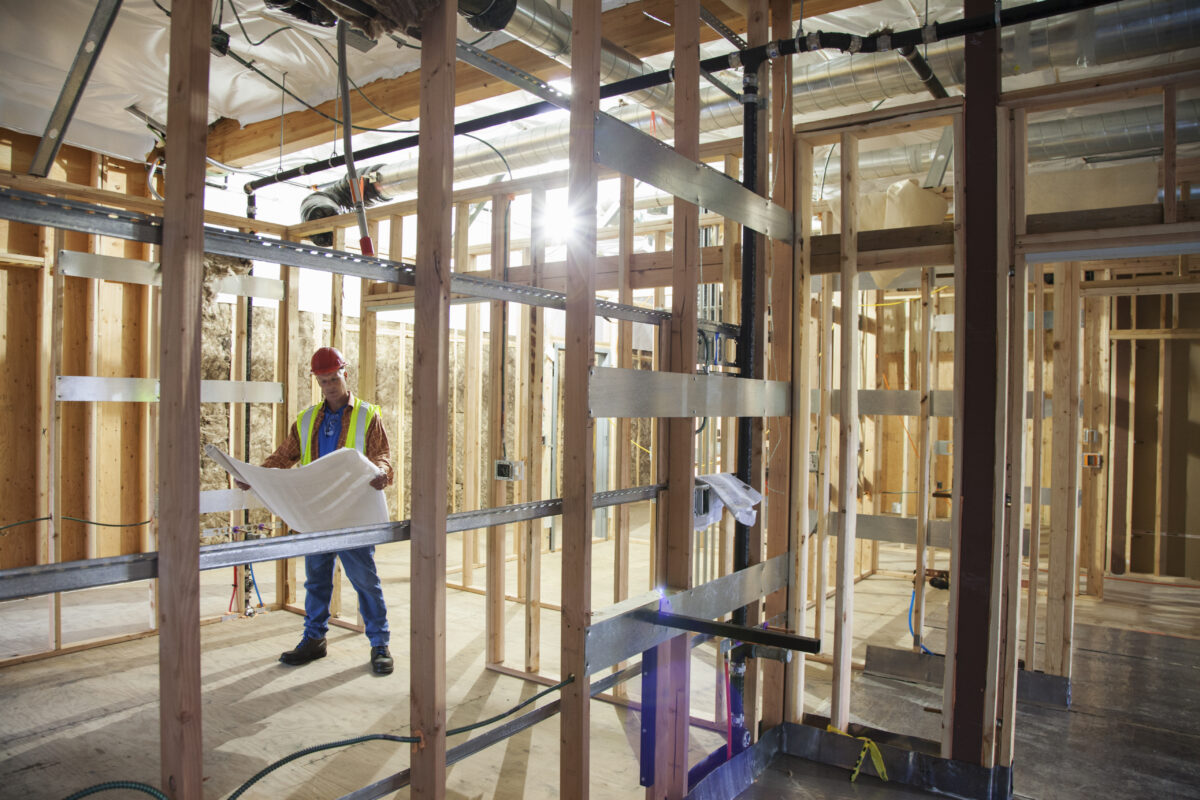As a renter, little things can make a big difference when preparing for the next earthquake. Even if you don’t own your home, you can still take proactive measures to earthquake-proof your residence. Here are five steps toward earthquake preparedness for renters.
Meet Your Neighbors
Whether you’re in a giant apartment complex or a detached single-family home, you’ve got neighbors in your building or on your street. Make the effort, and take the time to meet as many of them as you can.
In the aftermath of a major earthquake, emergency services will be overwhelmed. We will all be our own best first line of support. Joining forces with the people in your building or neighborhood increases the available food, supplies, skills, expertise, and shelter for everyone. It’s the most important step that anyone–renter or homeowner–can take toward being prepared for a major quake.
Secure Your Space as Best Possible
While renters don’t have the same freedom as homeowners, there are plenty of actions tenants can take to “earthquake-proof” their residences.
- Don’t hang anything heavy over your bed.
- Keep exit routes clear.
- Store your heaviest items on your lowest shelves.
- Secure tall or heavy furniture to the wall.
- Move your most frequently used seats and sofas away from large windows.
- Affix small items on open shelves with museum wax to prevent projectiles.
- Keep glassware in closed cabinets secured with latches.
The Earthquake Country Alliance offers a long list of steps for securing your interior space.
Talk to Your Landlord about Earthquakes
Some of the suggestions above require alterations to your apartment or dwelling. Ask your landlord if it’s okay to put holes in the wall or add lip edges to open shelves. Find a compromise that at least allows you to secure heavy furniture to the walls.
If you are in an older building, ask about the foundation and whether or not it’s been seismically retrofitted. If possible, inspect the water heater to see that it’s properly strapped to wall studs. Learn the location of the main gas valve and how to turn it off in case of a leak.
Some cities also have ordinances related to seismic safety of apartment buildings.
Know Your Rights as a Tenant
The laws regarding landlords and tenants vary dramatically between U.S. states and even within the cities in those states. Your rights as a tenant after an earthquake are likely defined by a complicated combination of state and local ordinances.
In recent years, new seismic-retrofit mandates in Los Angeles and San Francisco have had major impacts on tenants and rents. Portland, Oregon has struggled with balancing landlord and tenant demands while trying to retrofit its unreinforced masonry buildings.
If you have any questions about your building that your landlord can’t or won’t answer, seek out a local tenants rights organization. Examples of major tenants-rights groups on the U.S. West Coast include San Francisco Tenants Union, the Housing Rights Center of Los Angeles, Oregon’s Community Alliance of Tenants, and the Tenants Union of Washington State. Most of these types of organizations will provide advice and resources for free or a modest fee.
Consider Earthquake Insurance for Renters
Most renters insurance policies don’t cover damage from earthquakes or “earth movement hazards.” Since you don’t own the home you’re living in, your main damages in an earthquake will come from your possessions or your person. However, you biggest losses might come from the cost of earthquake disruption. Jumpstart helps cover the expense of disruption so that you can bounce back after the next earthquake.



